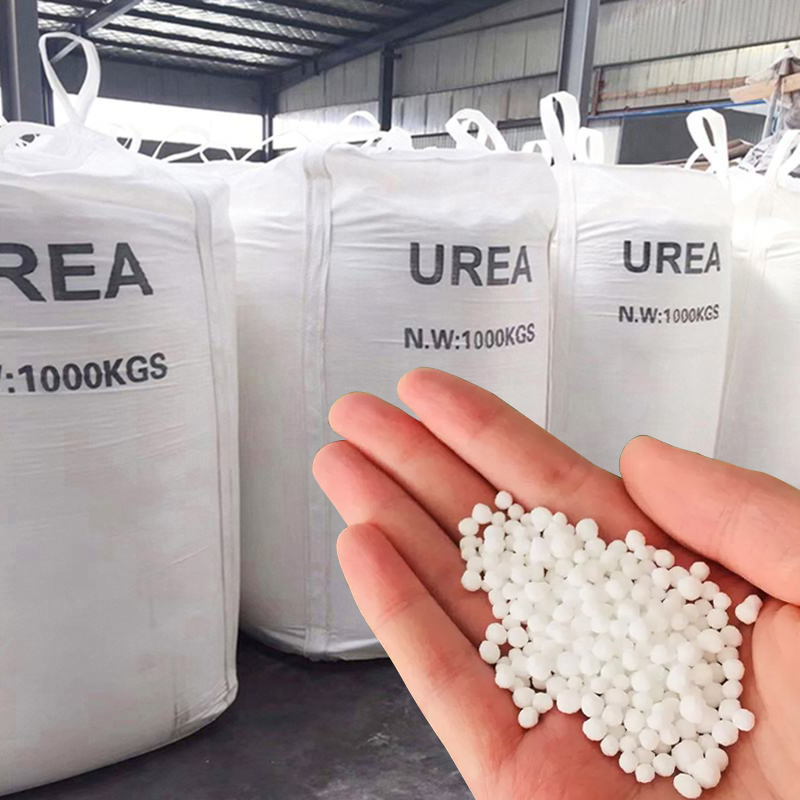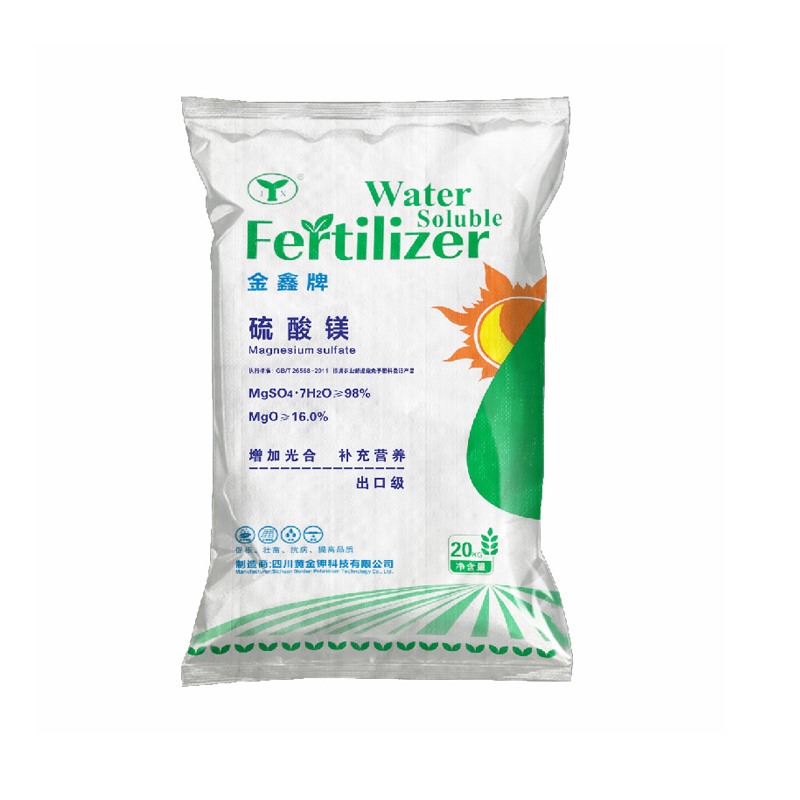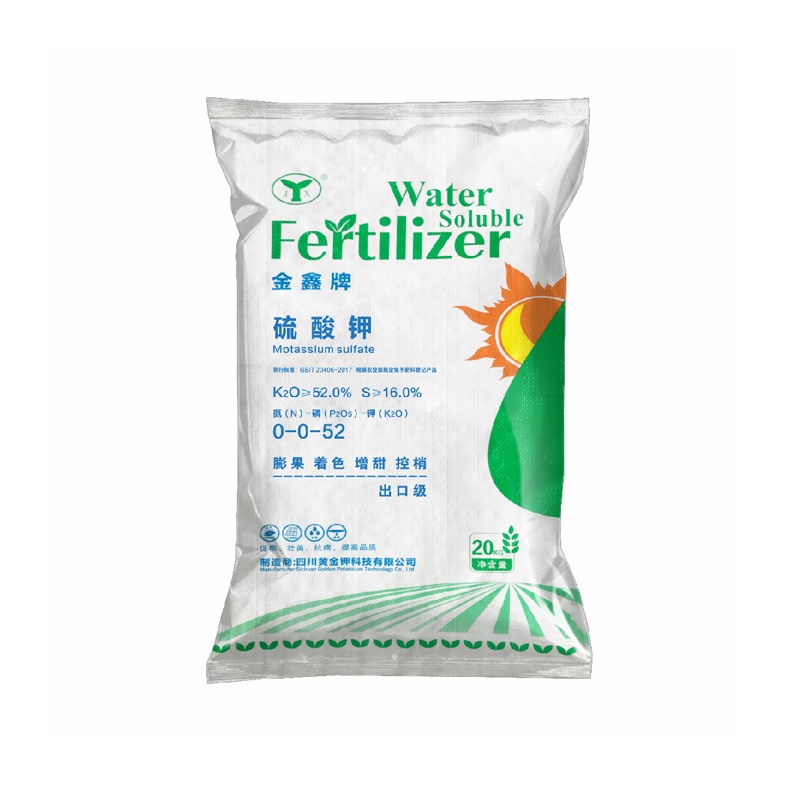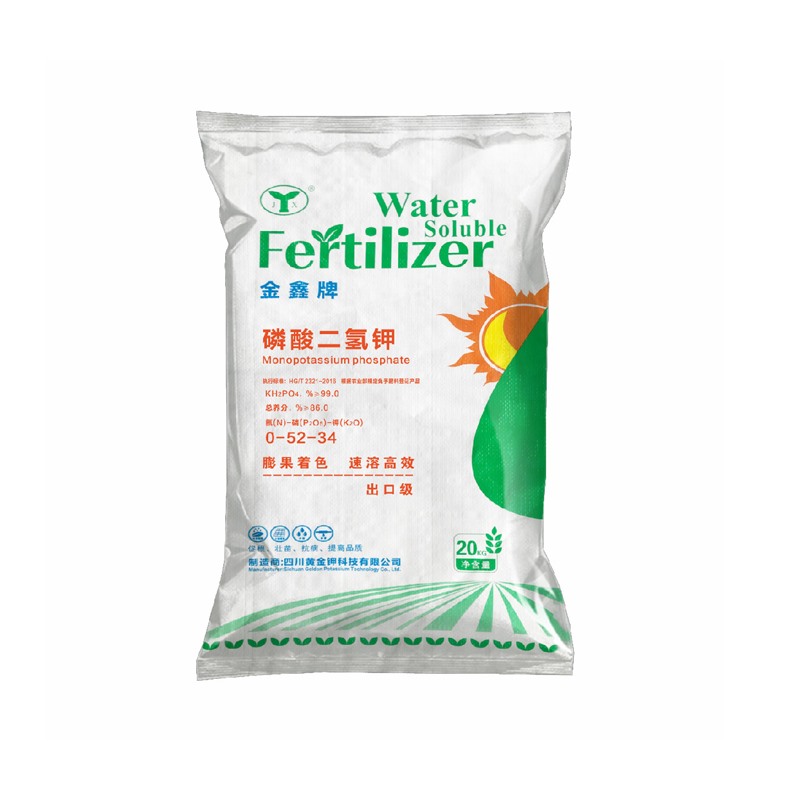The reasonable distribution of nitrogen fertilizer
The reasonable distribution of nitrogen fertilizer should be based on soil conditions, the nitrogen nutrient characteristics of crops and the characteristics of the fertilizer itself.

Soil conditions: Soil conditions are a necessary prerequisite for fertilizer zoning and distribution, as well as the basis for determining nitrogen fertilizer varieties and their application techniques.The first choice must focus on the distribution of nitrogen fertilizers in areas with medium and low fertility. Acidic or physiologically acidic fertilizers, such as ammonium sulfate and ammonium chloride, can be used for alkaline soils. Alkaline or physiologically alkaline fertilizers, such as sodium nitrate and calcium nitrate, should be used for acidic soils.Ammonium chloride should not be distributed in saline and alkaline soils, and urea is suitable for all soils.Ammonium nitrogen fertilizer should be distributed in rice areas and applied deep in the reducing layer. Nitrate nitrogen fertilizer should be applied on dry land and should not be distributed in areas with high rainfall or rice areas.“Early-growing fields” should master the principle of first light and then heavy, a small number of times, to prevent late crop defrosting. “Late-growing fields” should not only pay attention to early seedling development in the early stage, but also prevent excessive nitrogen fertilizer in the late stage, causing plants to be greedy and green. Lodging.Nitrogen fertilizer can be applied more than once on sticky soil, and a small amount should be applied multiple times on sandy soil.
Nutritional characteristics: The nitrogen nutritional characteristics of crops are the inherent factors that determine the reasonable distribution of nitrogen fertilizers. The types of crops should be considered first, and nitrogen fertilizers should be focused on cash crops and food crops.Secondly, we must consider the requirements of different crops for nitrogen morphology. Ammonium nitrogen fertilizer should be applied to rice, especially ammonium chloride and ammonia, which have better effects. It is best to apply ammonium sulfate to potatoes. Cannabis prefers nitrate nitrogen. Sugar beets use sodium nitrate best. Tomatoes like ammonium nitrogen in the seedling stage, and nitrate nitrogen is preferred in the fruiting stage. Generally, both nitrate nitrogen and ammonium nitrogen are available for cereal crops, and leafy vegetables prefer nitrate nitrogen.The effect of applying nitrogen fertilizer to crops in different fertility periods is also different. On the basis of ensuring nutrition in the seedling stage, corn generally needs to be re-applied ear fertilizer, while early rice needs to be re-applied ear fertilizer, stable ear fertilizer, grain fertilizer replenishment, and fruit trees re-applied wax fertilizer. This is a cost-effective measure for applying nitrogen fertilizer.
Fertilizer characteristics: The characteristics of the fertilizer itself are also closely related to the reasonable distribution of nitrogen fertilizer. Ammonium nitrogen fertilizer is volatile when applied on the surface, and it should be used as a base fertilizer for deep application of soil.Nitrate nitrogen fertilizer is highly mobile and should not be used as a base fertilizer, let alone applied to paddy fields.Ammonium carbonate, ammonia, urea, and ammonium nitrate are generally not suitable for use as fertilizer. Ammonium chloride should not be applied to saline and alkaline soils and low-lying areas, nor should it be applied to cotton, tobacco, sugar cane, potatoes, grapes, sugar beets and other chlorine-free crops.Nitrate nitrogen fertilizer should be allocated in dry areas, and ammonium nitrogen fertilizer should be allocated in rainy areas or rainy seaso



